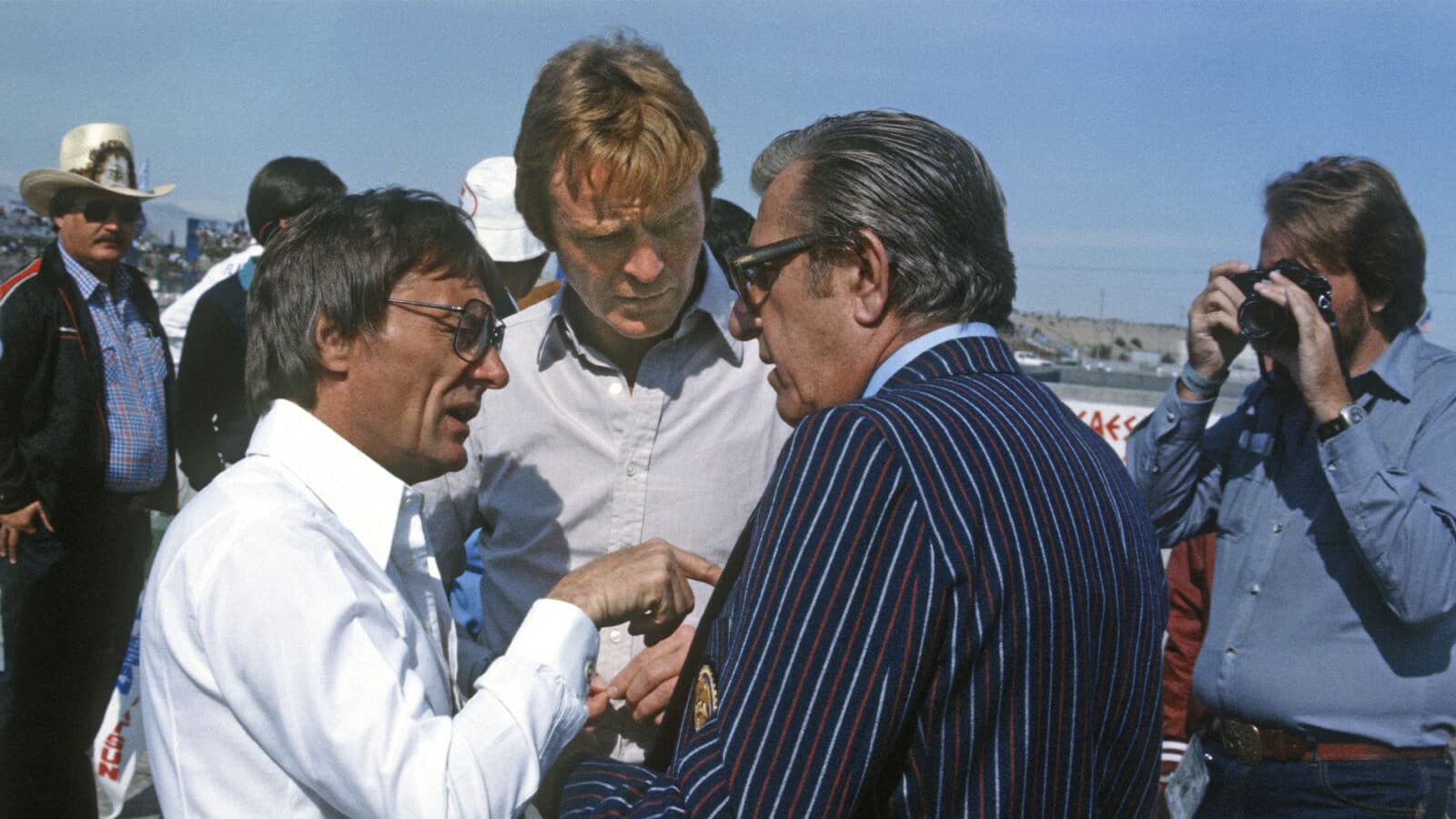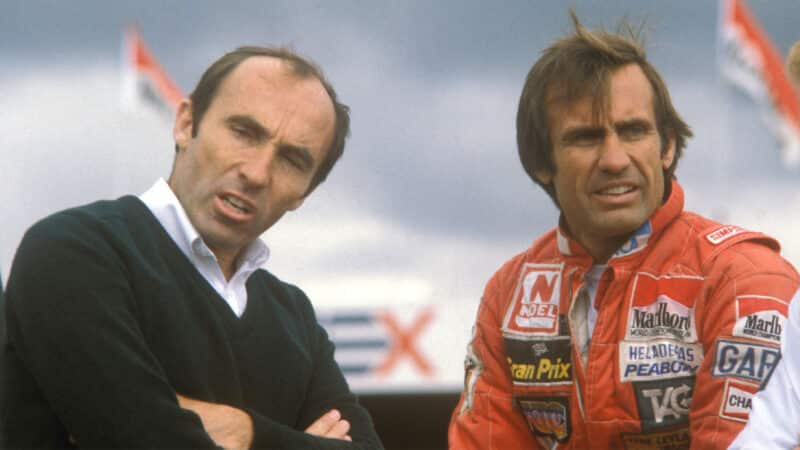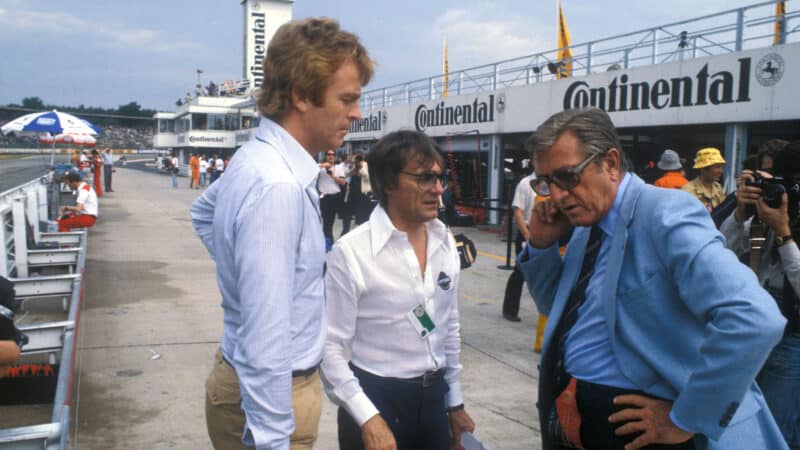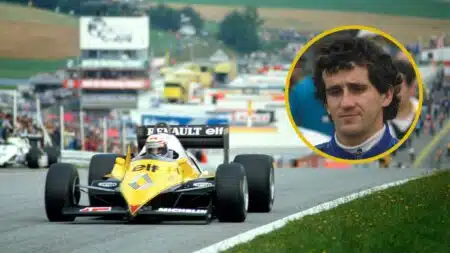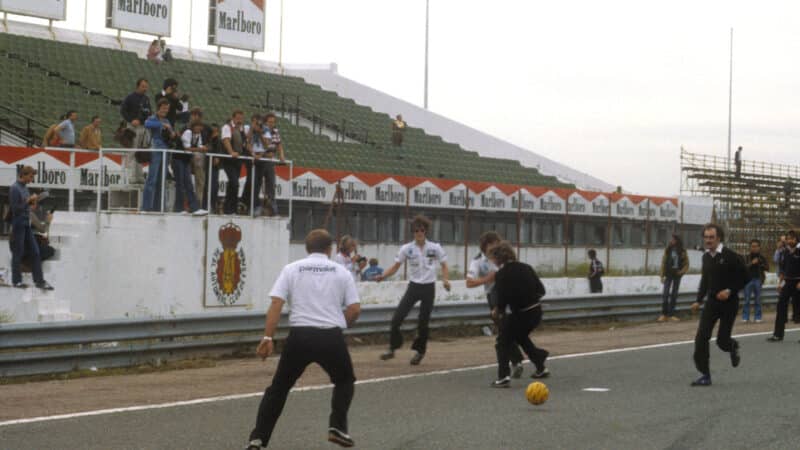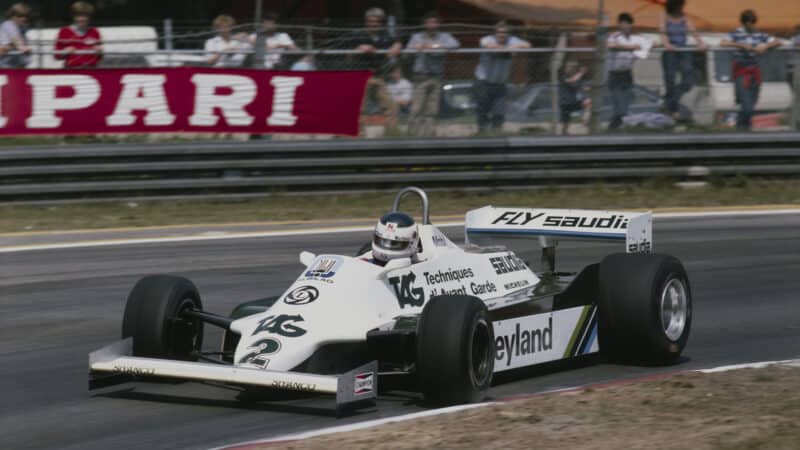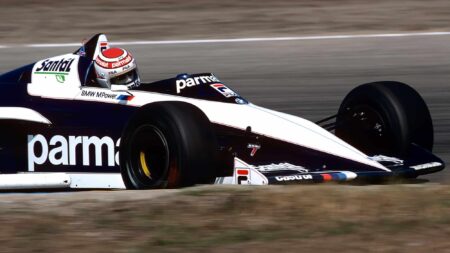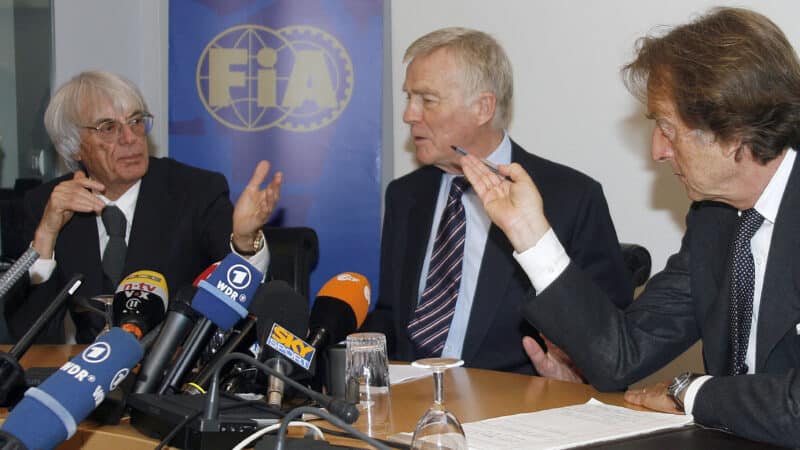Chapter seven contained six close-typed pages under the heading: ‘The FOCA/FISA Conflict’, the 19 questions and answers bearing the manipulating fingerprints of Max Mosley. Ecclestone’s persuasive sidekick may have left the reader feeling there was no alternative to the Formula One Constructors Association (FOCA) setting up its own championship, but there was a more brutal summary at the bottom of the first page in chapter one. An outline of the conflict between FOCA and FISA – and, in particular, Jean-Marie Balestre, the FISA president – was concluded by a straightforward quote from Frank Williams. “The split was inevitable,” said the 1980 World Champion constructor. “Under Balestre FISA is no longer capable of administering professional motor sport.”
And there you had it in a nutshell. There may have been major concern over the Frenchman’s wish to control all matters technical and financial, but the nub of the problem was Balestre himself. It would be much the same 29 years later except that the Formula One Teams Association (FOTA) tiptoed around their dislike of Max Mosley’s methods as the former poacher reached what FOTA hoped would be his final days as a gamekeeper who had become trigger-happy and dangerous. The diplomacy in 2009 may have been a sign of the times but it was also an indication that the eloquent Mosley was a much more cunning adversary as FIA president than his volatile, red-faced predecessor whom, ironically, Mosley had played a major part in dethroning.
Balestre’s first headline act in Formula 1 had been typically theatrical. Having helped form the French motor sport organisation (FFSA) in 1952 and then presided over it for 23 years, Balestre saw his chance to move onward and upward by standing as president of the FIA’s sporting arm, then known as the CSI and soon to become FISA. Not three months after his election in October 1978, Balestre would make his mark at the Argentine GP, the first race of the season.
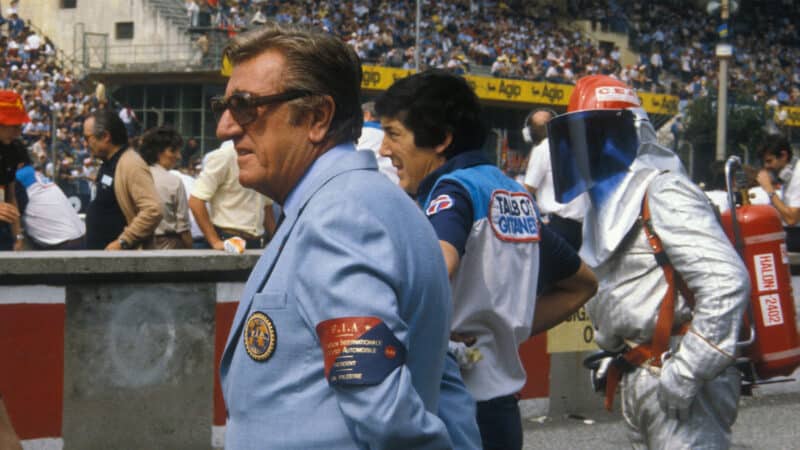
Balestre was desperate to regain control of F1
Grand Prix Photo
Having witnessed a first-corner accident involving Ferrari’s Jody Scheckter and the McLaren of John Watson, Balestre, resplendent in white suit and matching shoes, summoned a meeting of the stewards, arbitrarily declared that Watson had been at fault and imposed a hefty £3000 fine. Balestre then not only refused Watson the opportunity to defend himself but also took great pride in telling whoever would listen that he had considered suspending the McLaren driver for a fixed period. White shoes or no, here was a man clearly of the view that Ecclestone and the teams had garnered too much control, particularly over finance, and he had every intention of returning it to its rightful place within the FIA headquarters in Place de la Concorde.
Verbal and written attacks between the two sides became increasingly common throughout 1979, Balestre in particular looking for ways to challenge Ecclestone and the authority of FOCA. A major aggravating factor was the divide caused between teams (primarily Ferrari and Renault) with turbocharged cars and those using normally aspirated engines, most commonly the Ford-Cosworth DFV. The latter teams were more successful than the turbo entrants in making full use of sliding skirts and ground effect thanks to the slimmer profile of the Cosworth V8.
Balestre, who felt his predecessor should never have allowed ground effect to flourish, claimed skirts ‘illegal’ and, in February 1980, declared they would be banned at the start of the following season. This fell short of the two years’ notice that the FISA was required to give, Balestre claiming safety as his excuse. Unilateral action by the FIA president nearly three decades later would cause similar offence. In 1980, however, the FISA president had barely got going.
